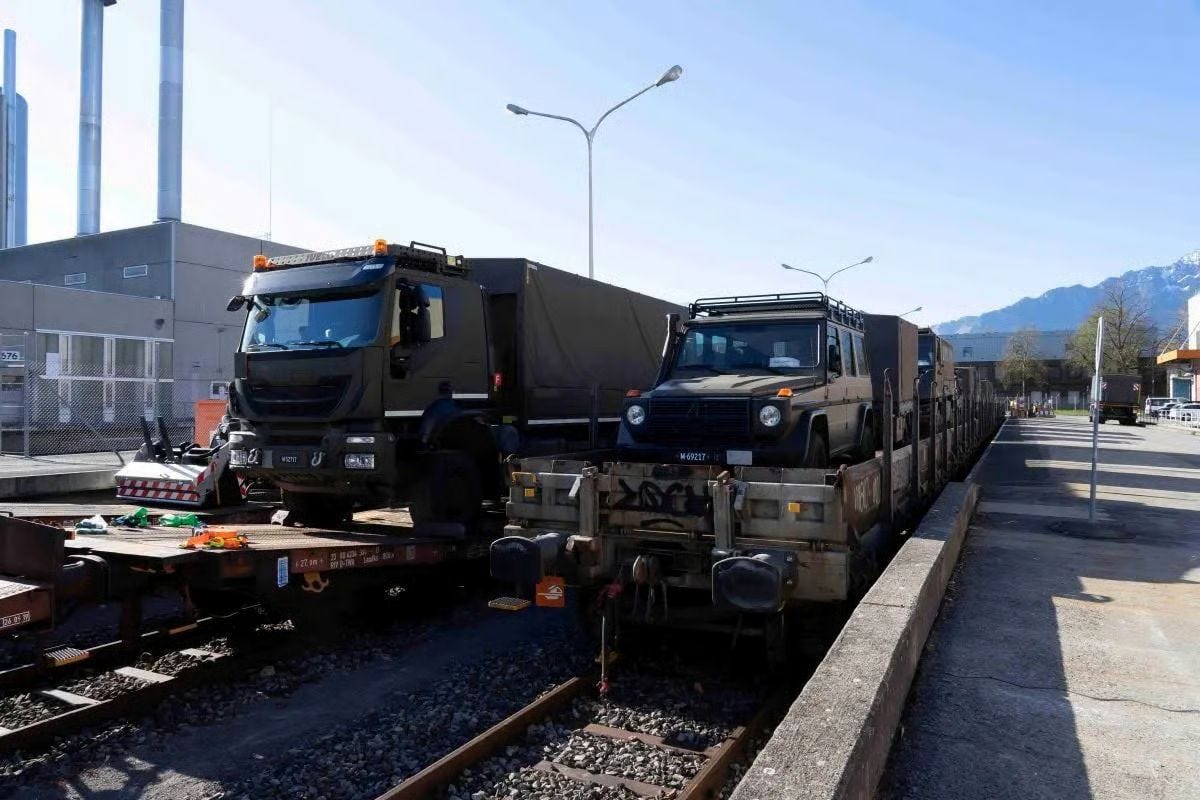EU accelerates work on military rail transport
The European Parliament's transport and defence committees are finalizing a joint report on military mobility, expected in October. Meanwhile, the Commission is preparing concrete legislative proposals to ease cross-border movement of military equipment before year's end.
The EU has designated four strategic transport corridors where approximately 500 projects require urgent action – from reinforcing bridges to widening tunnels. Most of the rail network cannot handle 740-meter freight trains, which both military and civilian transport need.
Moving heavy military equipment still takes up to 60 days on some routes. From a French military facility to the Cincu training center in Romania, convoys need two months – a pace reminiscent more of World War I than modern logistics.
Concrete progress ahead
April brought the first breakthrough: the EU's railway agency ERA took over authorization of military wagons from 27 national offices. Now the same wagon can run from Portugal to Poland without 27 different permits.
Germany is currently negotiating with DB Cargo for dedicated military capacity. Poland is pouring billions into the new CPK hub near Warsaw to handle both civilian and military transport. In the Baltics, the Rail Baltica project is being fast-tracked after NATO pressure.
On September 26-27, NATO's Military Committee meets in Riga, where rail transport is expected to dominate the agenda alongside critical infrastructure protection.
Funding running out
The CEF program has spent €1.76 billion on 95 projects in 21 countries, but the coffers are empty, and the Court of Auditors warns that needs far exceed budgets.
The fight over the 2026 budget has already begun. Parliament's budget committee will demand at least €2 billion annually from 2028, while member states must find the money amid rising defense spending.
The Commission's Military Mobility Package arrives before New Year with proposals for harmonized rules and emergency procedures. But without more funding, the plans risk remaining on paper.
Our quick analysis: This autumn will be decisive. NATO is pushing in Riga, the legislative package must be finalized, and the budget battle begins in earnest. The question is whether member states will pay the price to upgrade Europe's railways for military needs – or whether bottlenecks will continue hampering both defense and the green transition.


